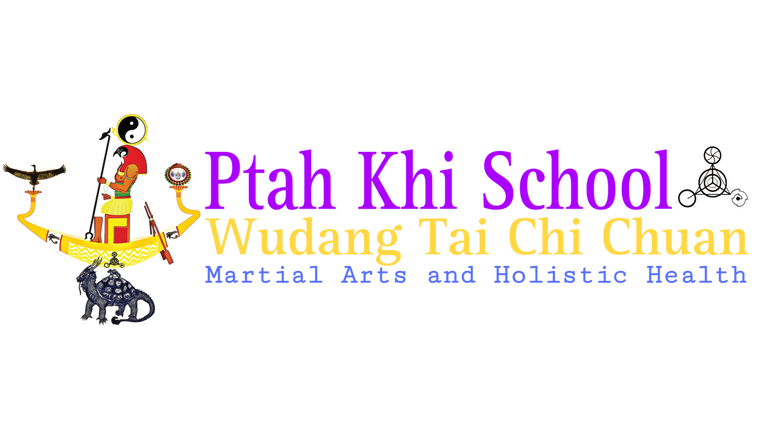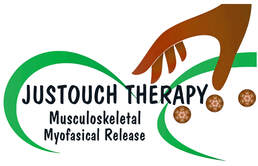TAOISM and tai chi chuan
Many of the greatest contributors to the development of Tai Chi Chuan were simple men, not necessarily well-versed in the various philosophical schools and literature of their times. Most probably lacked the requisite literacy to read the salient texts of Taoism and the voluminous commentaries on them. Yet, Tai Chi Chuan has perhaps the greatest literary tradition associated with any martial practice to date. This paradox is resolved by the eventual adoption of the art by more scholarly figures as time progressed. It is known that Tai Chi Chuan was held in high esteem at the royal court (perhaps due to the efforts of the Yang family Tai Chi patriarch Yang Lu Chan). It is reasonable to assume that the Chinese literati were both entranced and impressed by the art's effortless perfection. These more scholarly practitioners might have easily concluded that the principles underlying Tai Chi were in perfect accord with the Tao Te Ching. Examples are numerous. The Tao Te Ching seems to reflect philosophically the physical movements and skills which underscore the art of Tai Chi. It almost seems a primer in itself as one reads through the text:
Verse 22: Therefore the ancients say, "Yield and overcome."
Is that an empty saying?Verse 43: The softest thing in the universe
Overcomes the hardest thing in the universe.Verse 76: The hard and strong will fall
The soft and weak will overcome them.Verse 78: The weak can overcome the strong;
The supple can overcome the stiff.
Under heaven everyone knows this,
Yet no one puts it into practice.
These verses illustrate the central principle of Tai Chi Chuan : yielding to the opponent's force. Another verse (26) states:
The heavy is the root of the light;
The still is the master of unrest.
To be light is to lose one's root.
To be restless is to lose one's control.
A warning concerning root and balance as well as a strategy, this is sound advice for the Tai Chi Chuan adept. These concepts find their mirror in the Song of the 13 Postures:
Being still, when attacked by the opponent
Be tranquil and move in stillness
My changes caused by the opponent fill him with wonder
Verse 36 of the Tao offers us:
That which shrinks/ Must first expand.
That which fails/ Must first be strong.
That which is cast down
Must first be raised
Wu Yu-hsiang's Expositions of Insights Into the Practice of the 13 Postures relates:
First seek extension, then contraction; then it (the movements) can be fine and subtle.
The reference to the use of excessive, hard muscular strength (li) equating with failure of one's technique are also common in Tai Chi literature. The Tao Te Ching illustrates this concept with the lines (Verses 30 and 55): "Force is followed by loss of strength" and "If too much energy is used, exhaustion follows." Obviously these are references to hard and inflexible force the use of which does not equate with the dexterous and lively chi energies cultivated by the Tai Chi Chuan practitioner.
In regard to strategy, the Taoist axiom "That which is cast down must first be raised," equates with the lifting up or severing of the opponent's root before discharging energy against him during applications. Verse 15 asks us: "Who can remain still until the moment of action?" This causes Wu Yu-hsiang to reflect in Expositions: "It is said, 'If others don't move, I don't move. If others move slightly, I move first.'" How should one's footwork be structured during combat? Verse 41 of the Tao suggests: "Going forward seems like retreat," while Master Cheng explains in The Song of Form and Function: "When the foot wants to advance/First shift it backwards." In its application as an attacking gesture, the posture "Step Back and Repulse Monkey" epitomizes this "advancing while apparently retreating" method of footwork.
What about the highest level of the art of Tai Chi Chuan? Verse 41 of the Tao states: "The greatest form has no shape." For the Tai Chi practitioner this could be said to be the ultimate goal: a state in which the underlying principles are so deeply ingrained that form itself becomes unimportant. Where the mind leads, the energy will naturally manifest itself in a spontaneous and proper way. In the Tai Chi Chuan Ching by Chang San-Feng he says simply:
Up or down
Front or back
Left or right, one all the same.
A more contemporary master, Cheng Man Ching in his Song of Form and Function offers us:
Not neutralizing, it naturally neutralizes,
Not yielding, it naturally yields…
In push hands…/The whole body is a hand
And the hand is not a hand.
But the mind must stay
In the place it should be.
Tai Chi Chuan and Taoism are inexorably linked together. Tai Chi is a physical representation of Taoist ideals, the ungraspable made graspable through physical principles whose very movement reflects the motion of the Tao itself.
Sources:
what is gong?
hermes and buddism
The Mahanirvanatan of India said Buddha was the same as Mercury (Hermes). The Yogis of the East also considered Tehuti the “Master of Masters”--“The Great Great”--the personification of the Mind of God. In elaborating, they said: “All the fundamental and basic teachings embedded in the esoteric teachings—i.e. understanding the inner truth lying hidden within the core of their fundamental beliefs--of every race may be traced back to Hermes.



